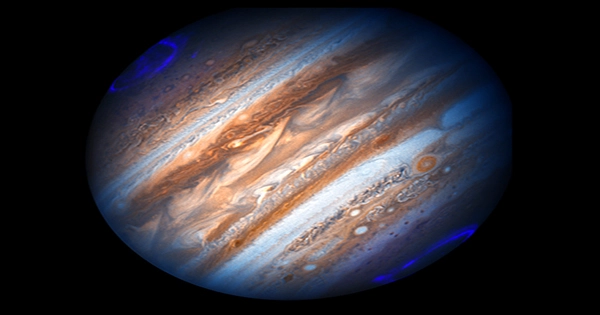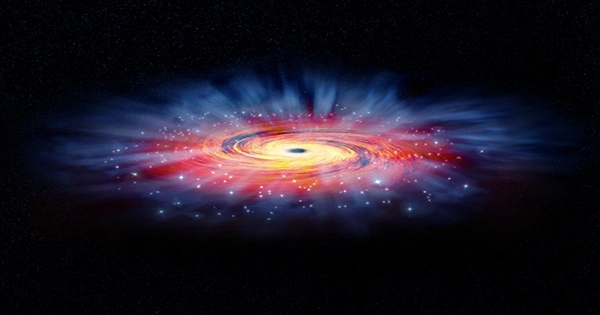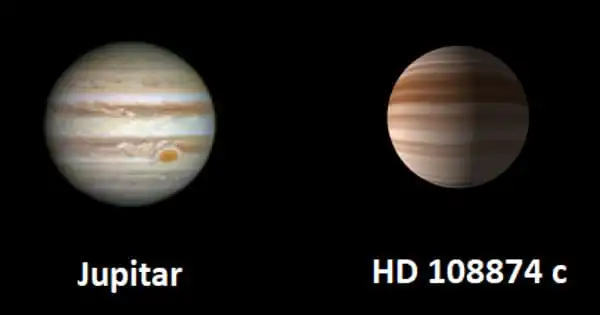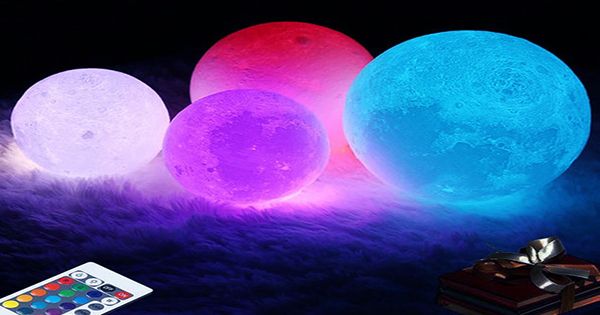Images from the Yutu-2 rover have showed translucent spherical and dumbbell-shaped glassy globules on top of the lunar dirt. This is the intrepid rover’s latest strange find on the Moon — and it’s not an “alien” “home” this time! The discovery, which was published in the journal Science Bulletin, came from the far side of the Moon, but it matches darker spherules seen by Apollo astronauts decades ago, as well as the Chinese Chang’e-5 sample return mission. These, however, are translucent, unlike what has been discovered on the Moon’s near side.
In a statement, lead author Dr. Zhiyong Xiao of Sun Yat-sen University remarked, “The globules just blow our minds because they are so unique on the Moon.” The beads were discovered on the surface during the rover’s 700-meter (2,296-foot) journey away from the Chang’e-4 lander. This journey spanned 12 moon days — each lasting 14 Earth days – with equally lengthy nights in between.
Impact glass is most likely to blame for the globules. They might have easily formed as a result of an asteroid collision, and the team has found many probable craters in the vicinity that could have caused them. The team believes the beads were made of iron-poor minerals like anorthosites because of their color and shape. It could be a lucrative material for permanent lunar settlements if this is proven.
“The first discovery of macro-sized translucent glass globules on the Moon demonstrates that lunar anorthosites are suitable raw materials for producing high-quality light-admitting glasses.” Their presence on the Moon suggests that tektite-like impact glasses could occur on other planetary bodies as well “Xiao explains. “The compositions and isotopic ages of such glass globules should be frequent in old impact basins on the Moon, therefore their compositions and ages will be extremely useful in understanding the early impact history. Lunar anorthosites are also a promising and extensive resource for producing glasses in-situ at the dawn of building human bases on the Moon.”
Unfortunately, Yutu-2 did not have the opportunity to examine these objects, but they should prove to be useful targets for future investigation. “It’s unfortunate that the rover had just passed by these glasses when we initially discovered them, so no compositional data was gathered,” Xiao says, “but such globules might be very frequent at the lunar farside.”
















